Like humans, animals are made up mostly of water. Sixty to seventy percent of an animal’s weight is water. Besides dehydration, inadequate water can trigger stress and nutrient deficiency in livestock, greatly affecting their health and productivity. Worse, all these may have something to do with your water trough of choosing.
It's important to note that your livestock may live up to 60 days without food, but they can barely last more than 7 days without water. This highlights the importance of why you should have the appropriate water trough for your livestock.
So, what are some factors that affect your livestock's performance? Find out more below.
1. Excess salinity
This mostly pertains to common salts such as sodium chloride, magnesium, calcium, sulphates and bicarbonates. Underground and bore water are known to contain higher salt levels than surface waters. Whereas your livestock may have a high-tolerance to saline water, certain conditions greatly reduce their tolerance.
For example, lactating, pregnant or young animals are not as tolerant of salty water. Stock suffering from drought conditions also have a reduced tolerance. Sheep, on the other hand, may be able to tolerate up to 13,000 mg/L of total dissolved salt.
See here for a table on livestock tolerance to dissolved salts in their drinking water (mg/L).
Pregnant or lactating cows are especially vulnerable to water with total dissolved solids (TDS) more than 5,000 mg/L while TDS higher than 7,000 mg/L should be kept away from cattle altogether. Young, aged and weak animals are also especially more vulnerable to salts than healthier, fully grown animals.
Also note that salts may be present in herbicides, pesticides and fertiliser and thus contribute to salinity levels.
Salt Poisoning
The result of drinking water that’s too saline is salt poisoning.
This is most likely to occur in the following conditions:
- When your livestock haven’t had any fresh water for more than 24 hours
- If livestock are excessively thirsty due to travel and have no choice but to drink highly saline water
- On days when the temperature is high and only highly saline water is available
Cattle may avoid drinking a highly saline water for days, only to try to compensate for the lack of water by drinking a lot, leading to illness and possibly, death.
Some signs of salt poisoning include weakness, excessive thirst, diarrhea, abdominal pain, tremors, holding head abnormally, blindness, circling around and convulsions.
WHAT TO DO
- Monitor all water sources regularly.
- If you find your water source to be excessively high in salt, immediately stop your livestock from using this supply.
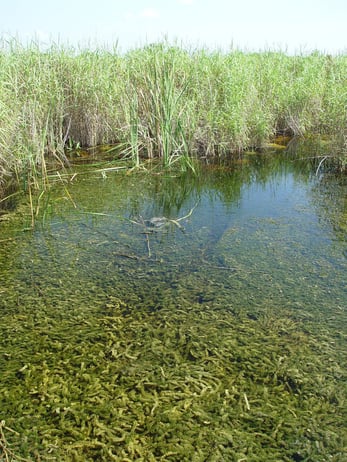
- If salt is added to the rations, double check that the rate is correct and then mix thoroughly.
- Avoid allowing your livestock to drink salty water within the safety limit without allowing them time to adapt first. For a few days, mix fresh water with the salty water and gradually wean.
- When rehydrating your livestock, only allow them small amounts of water at a time until they’re rehydrated.
- Avoid water accumulation in salt licks and block containers.
- After a rainy day, salts can accumulate on the surface of puddles. Also note that salt concentrations in dams, ponds and other water sources increase during summer or drought season.
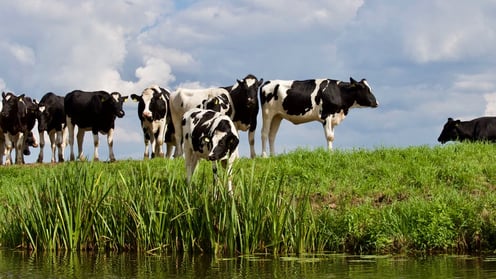 Keep your livestock away from water sources with possible salt accumulation.
Keep your livestock away from water sources with possible salt accumulation.
- Reverse osmosis is used to treat high TDS in water but may be expensive. Your best option would be to find an alternative source of water.
- Troughs could have salt build-ups due to inadequate cleaning. Hence, clean your troughs regularly. A poly water trough for your livestock has the advantage of being lightweight and easier to clean.
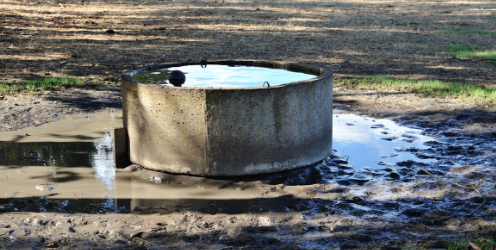 Concrete water troughs aren't easily pushed around but can be difficult
Concrete water troughs aren't easily pushed around but can be difficult
to maintain due to their weight.
Some diseases can closely resemble salt poisoning. Seek the help of your veterinarian for more advice on appropriate treatment especially in extreme cases.
2. High nitrogen content
These are found in animal protein, decaying plant, nitrogen fertiliser, and silage juices. Nitrogen in the form of nitrate is rare in surface water and is most commonly found in groundwater contaminated by fertiliser or manure.
Nitrate Poisoning
Although nitrate toxicity from water is rare, problems can occur when livestock consume high nitrate levels from forages. When combined with already high levels of nitrate in water, an additional amount from feed can be dangerous, resulting in death in as little as 3 – 5 hours after consumption.
Nitrate poisoning is generally chronic. Other effects of nitrate include weight loss, reduction in appetite and greater risk to miscarriage and infection.
• Nitrite
Part of the danger with nitrate is that it can convert to nitrite, which has a more rapid onset of toxic symptoms than nitrate. Nitrite has the undesirable effect of reducing your livestock’s blood’s capacity to metabolise oxygen, leading to breathing problems such as shortness of breath and suffocation.
• Unsafe Nitrogen Levels in Water
Nitrate-nitrogen levels in water between 10 and 100 mg/L may be dangerous. As such, it’s best to steer on the side of caution. Levels beyond 100 mg/L is definitely unsafe. Nitrite-nitrogen levels in water beyond 30 mg/L is considered dangerous to cattle health.
WHAT TO DO
- Part of the solution to the problem is by avoiding contamination. Refrain from using containers previously used for pesticides, herbicides or fertilisers as water troughs for your stock. Consider a poly water trough for your livestock as they are more lightweight and easier to clean.
- Drought increases likelihood of your livestock ingesting nitrate. Test feed (whether from forage or hay) for abnormal nitrate levels.
- Note that certain grass such as Bermuda are likely to contain elevated levels of nitrates.
- Avoid or take care when using hay stack systems or large round bales as these increase the likelihood of nitrate toxicity due to over-consumption by your livestock.
- Contact your veterinarian immediately if toxicity is suspected.
The performance and health of your livestock are greatly dependent on livestock water consumption. During drought when nitrate and salt toxicity are highly likely, the advantages of the availability of quality water are manifold.

What lengths would you not go to for the greater performance and health of your livestock?
See part 2 of this article here.



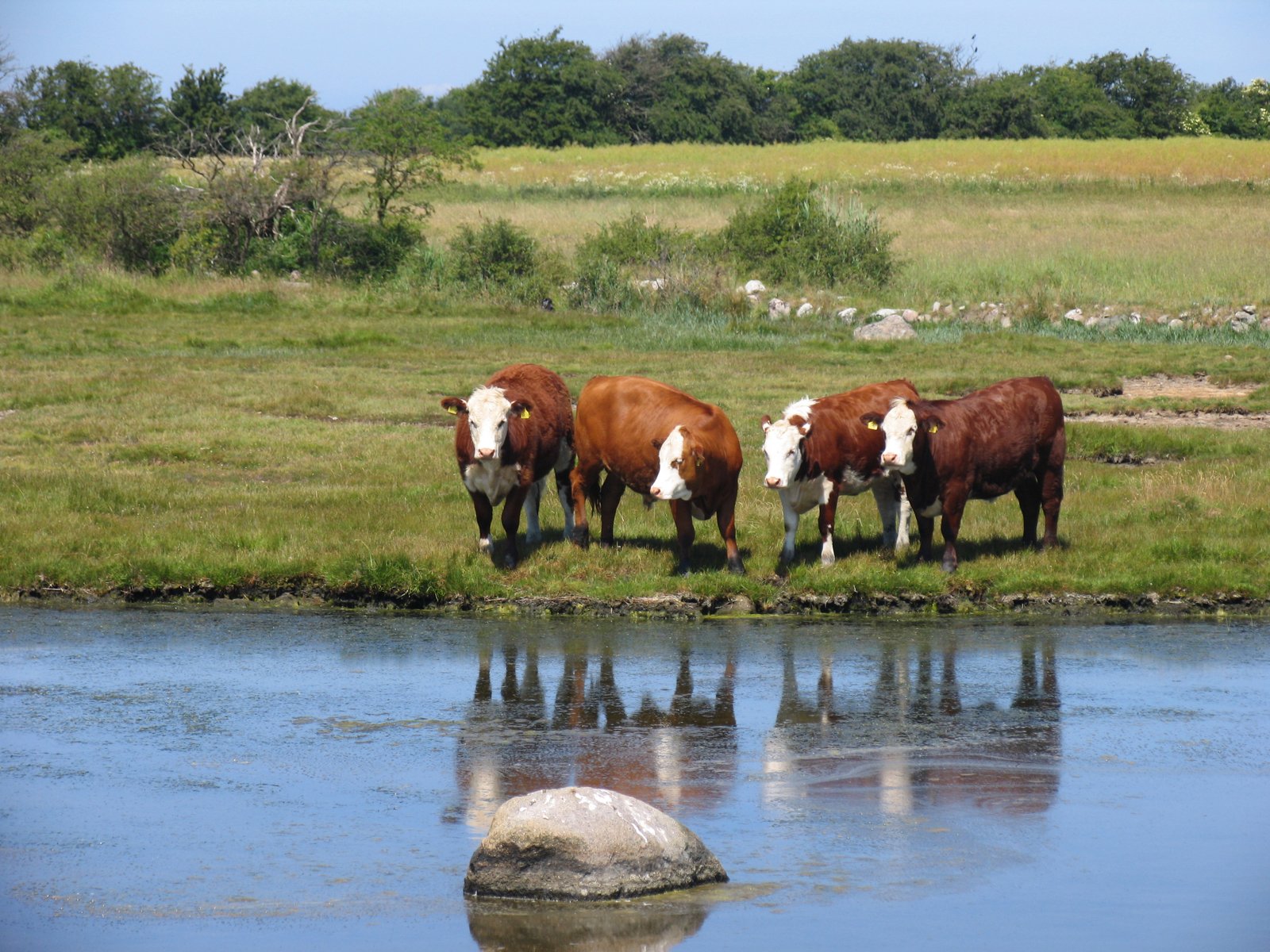


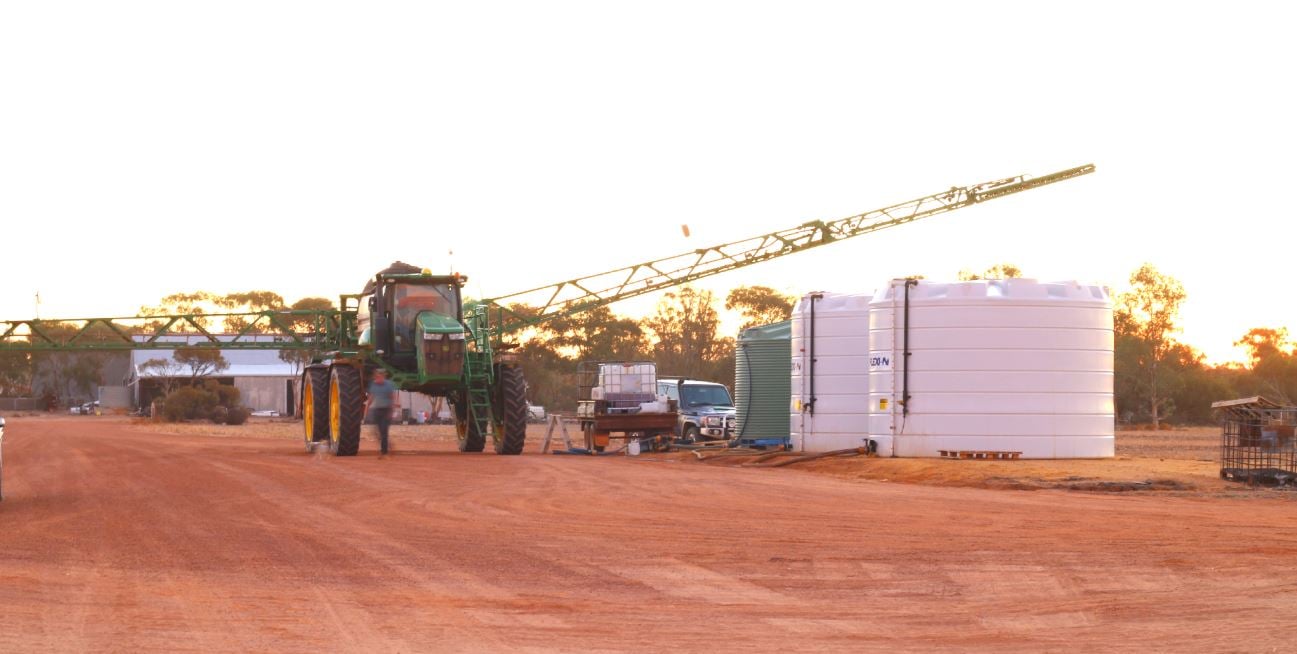

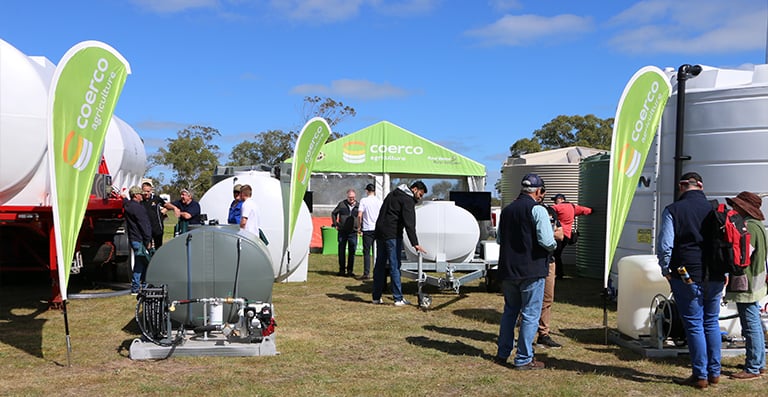
What do you think about this post?
Comments